In Leading Change: An Action Plan from the World’s Foremost Expert on Business Leadership, John Kotter states that leaders must spend 70% of their time leading. The primary task is communicating the vision to stakeholders in as many ways and times as necessary. Leaders underestimate the frequency of communication needed to create a new culture.
What are the elements of an effective communication of your vision? Here’s insight from Carmine Gallo’s Talk Like Ted: The 9 Public Speaking Secrets of the World’s Top Minds:
- Unleash the master within.
- Master the art of storytelling.
- Have a conversation.
- Teach me something new.
- Deliver jaw-dropping moments.
- Lighten up.
- Stick to the 18-minute rule.
- Paint a mental picture with multi-sensory experiences.
- Stay in your lane.
I highly recommend Gallo’s book as a primer for amplifying your capacity to communicate your vision. What if you do not like public speaking? Or what if articulating a vision is not what you want to do all the time? It’s important to understand your preferences now so you can identify the role that best suits your personality. To lead, one must have clarity about his or her role along with time dedicated to play it.
Learn more: Transformational Leadership: A Framework to End Poverty ~ By Scott C. Miller
To learn more about Scott Miller, please see his website here.

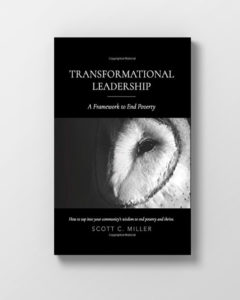
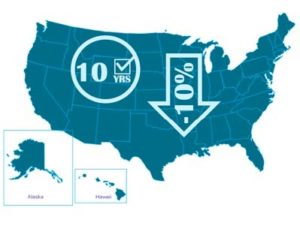

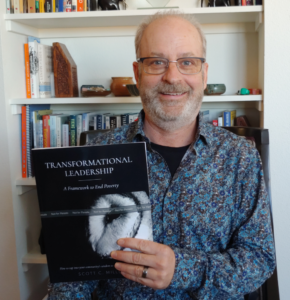 To be the change we want to see happen is the lynchpin of the Transformational Map. Dedication to personal growth fosters positive change in the world. How can I change my life so that it’s in alignment with my vision for the world? When we embrace transformation as our personal assignment, we inspire and equip others as well.
To be the change we want to see happen is the lynchpin of the Transformational Map. Dedication to personal growth fosters positive change in the world. How can I change my life so that it’s in alignment with my vision for the world? When we embrace transformation as our personal assignment, we inspire and equip others as well.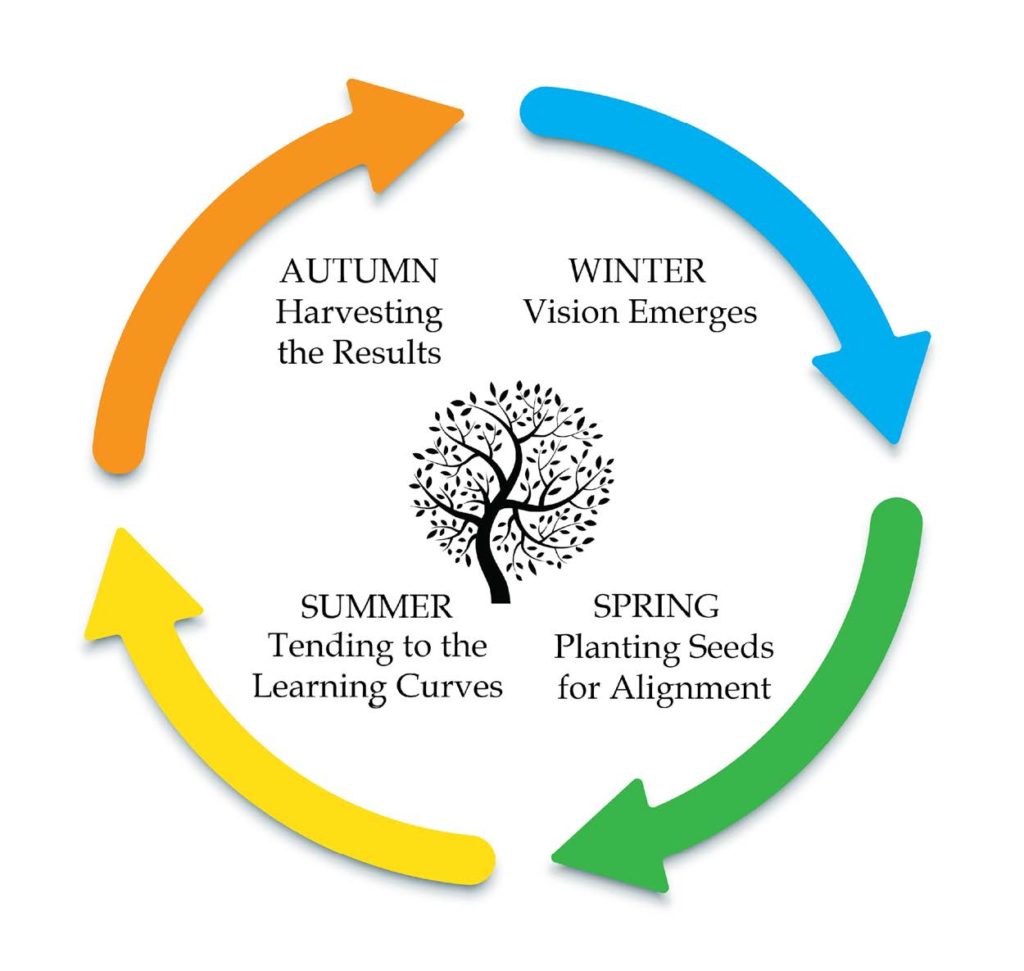 When we wish to change something in the world, there is often something in our own lives that we want to explore, assess, and change as well.
When we wish to change something in the world, there is often something in our own lives that we want to explore, assess, and change as well.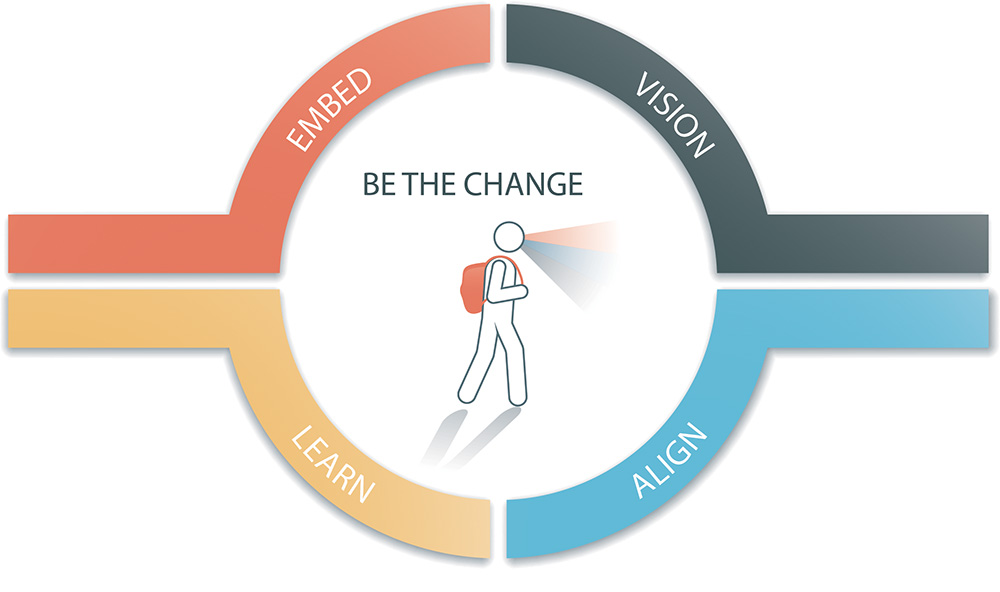
 I was in New York City a few years ago having a conversation with a former United Nations ambassador about my first book, Until It’s Gone, Ending Poverty in our Nation,
in our Lifetime. He asked me several questions about my assumptions regarding the nature of poverty and about my work at Circles USA. After 30 minutes of dialogue, he
revealed what was really behind his questioning when he said to me, “Jesus said the poor will always be with us. Is ending poverty going against the Bible?”
I was in New York City a few years ago having a conversation with a former United Nations ambassador about my first book, Until It’s Gone, Ending Poverty in our Nation,
in our Lifetime. He asked me several questions about my assumptions regarding the nature of poverty and about my work at Circles USA. After 30 minutes of dialogue, he
revealed what was really behind his questioning when he said to me, “Jesus said the poor will always be with us. Is ending poverty going against the Bible?”